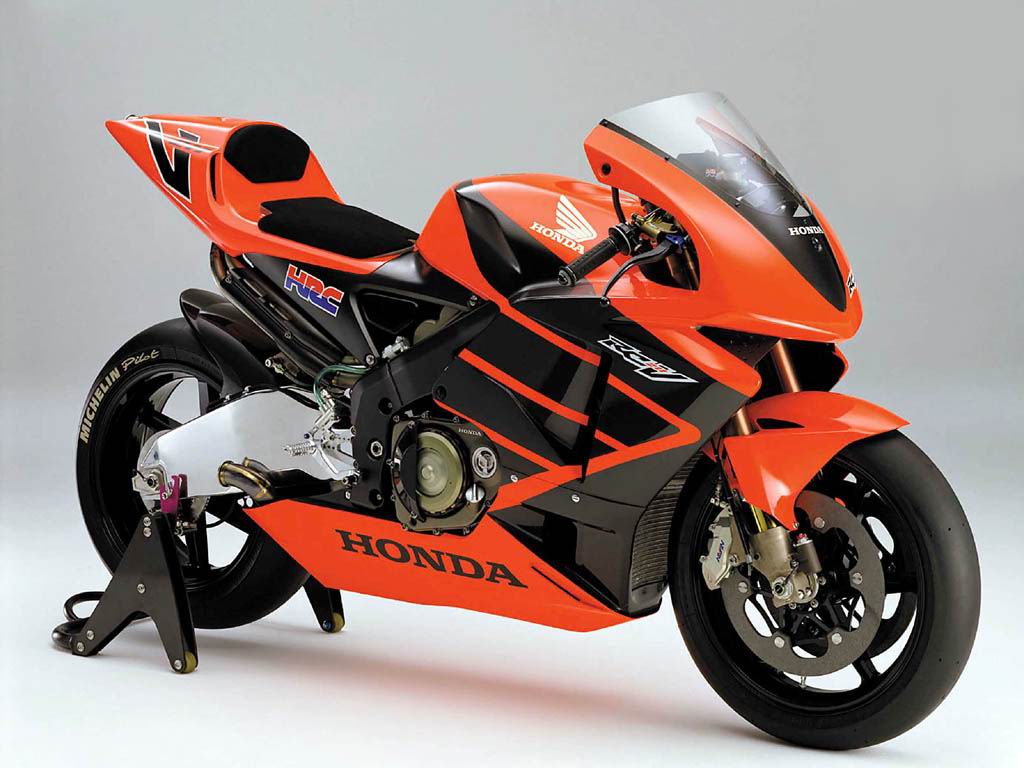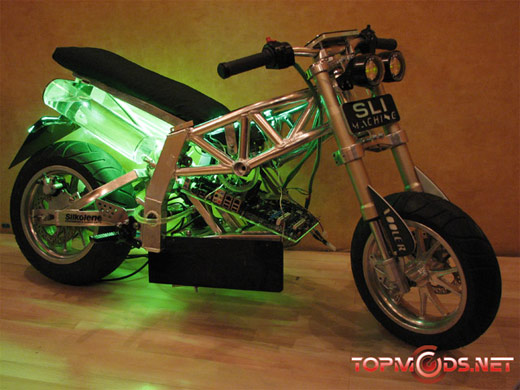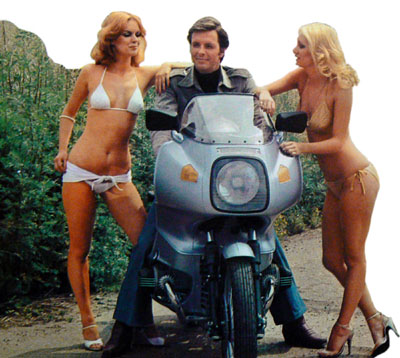 In the US, we're 'Geeks', in the UK, we're 'Anoraks', but people who have a keen interest in minutiae can really bolster research when details are needed. Dennis Quinlan and I have had a running discussion over the last 15 years about the origins of alloy wheel rims on racing motorcycles. We had both seen a variety of very old racing wheels, on machines and off, and had come to the conclusion that Borrani were the first producers of flanged aluminum rims. The question became, 'when'?
In the US, we're 'Geeks', in the UK, we're 'Anoraks', but people who have a keen interest in minutiae can really bolster research when details are needed. Dennis Quinlan and I have had a running discussion over the last 15 years about the origins of alloy wheel rims on racing motorcycles. We had both seen a variety of very old racing wheels, on machines and off, and had come to the conclusion that Borrani were the first producers of flanged aluminum rims. The question became, 'when'?As we're English speakers with a common interest in Velocettes, we had noted that in the '36 Isle of Man TT, both Norton and Velocette Works racers had used black-painted Borrani alloy rims; presumably the black paint was meant to 'hide' the rims from the competition; but of course the competition had them as well! There have been many stories of riders 'smuggling' Borrani rims into England in 1935, trying to avoid import duty on these expensive new items; one such story has Stanley Woods arguing with a customs officer in England, claiming that he shouldn't be charged duty as the new development of wheel technology was in the 'national interest'. He won the argument.
These rims lowered the overall weight of the whole machine, and helped with the road-holding of sprung front and (by '36) rear wheels, reducing the bouncing mass which the springs and friction shock absorbers had to cope with. Lighter weight allowed the forks to respond more quickly and accurately to road surface changes, keeping the wheels in contact with the road longer over bumps, which means more traction, and the ability to use more power without fear of a skid.

On April 22, 1922, Carlo Borrani took out a license from the Rudge Whitworth Company of Coventry, England, to manufacture car, motorcycle, and bicycle wheel components (yes, the same Rudge which built motorcycles). Thus, 'Rudge Whitworth Milano' was established, with capital of 1.2m lire, and the factory was located at Via Ugo Bassi 9.

Rudge, with their 'Red Hand of Ulster' logo (see right), had patented a new method of mounting wheels, using a splined hub and one central locking nut. This system enabled much faster wheel removal, arousing interest from racing car constructors. Just 12 months after Sr. Borrani opened shop, Alfa Romeo, Auto Union, Bianchi, and Lancia began to equip their racing and deluxe sports toureres with Borrani wheels. Later in the 1930's, the company changed its name to 'Carlo Borrani SpA' (still in business!), and Carlo started to experiment with light, rigid aluminum rims as a replacement for heavier steel items.

These first rims were butt-welded together, with a small plate welded on the rim flange to strengthen the joint. As aluminum welding was still quite an art and certainly an exception, these plates were used for extra security; wheel rims collapsing in a race would certainly be bad for business! The photo above shows the plate clearly in the upper left corner; the bike is Stanley Woods' 1938 Junior TT-winning Works Velocette.

Borrani used a variety of identification stamps on their rims over the years, and it's interesting to note how the changes from the 30's thru 70's; someday a true Anorak will document the evolution of these stamps, and we'll all sleep more easily. The photograph above is from a rim ca. 1936 - Borrani used Italian language stamps until the 1960's. Some claim the earliest rims had the 'red hand' stamp, but I've yet to see one.
It would appear from photographic evidence that the first use of these Borrani rims on a racing motorcycle was in late 1934, and Moto Guzzi was the most enthusiastic early adopter, with Gilera following suit shortly afterwards. The photo below shows legendary racer Omobono Tenni riding the Guzzi ohc v-twin 'Bicylindrica' at the Circuito di Treviso, in late 1934.

By 1935, nearly all the Italian Works racers used alloy rims, and a few English machines (Norton mostly, plus at least one Rudge) sported them as well. The photo below shows a Moto Guzzi Bicylindrica which has been equipped for road use - complete with horn, muffler, speedometer, and license plate - for the Milano-Napoli long-distance road race.
 Talk about a roadburner!
Talk about a roadburner!Another 1935 shot; this time the motorcycle is the Gilera 'Rondine' 4 cylinder dohc water-cooled racer, in March 1935, at the Tripoli GP. Pierro Taruffi rode this machine to victory, using what I believe is among the very first 'dolphin' fairings, of hand-beaten aluminum alloy. His mechanic Orlando Ciceroni sits on the bike, wearing the ubiquitous beret and coveralls of Italian motorcycle mechanics.

In June 1935, the first Borrani rims appear at the Isle of Man; below is Jimmie Guthrie on his Works Norton in the Senior TT, with black-painted alloy rims (and a fully enclosed rocker box - something which didn't 'stick').
 Alloy rims also appeared on the Rudge - naturally - of Tyrell-Smith. How Norton came to trump the competition in this regard needs some investigation, as Velocette didn't use them at the TT until the following year.
Alloy rims also appeared on the Rudge - naturally - of Tyrell-Smith. How Norton came to trump the competition in this regard needs some investigation, as Velocette didn't use them at the TT until the following year. By 1936 alloy rims can be seen on most of the victorious Works racers from Norton and Velocette (as above on Stanley Woods' 495cc ohc Works Velocette), although they seldom appear on privateer machines until 1938/9. Interestingly, the Italians didn't seem keen to share this racing advantage with German factories, and apparently the Germans developed their own, non-flanged aluminum rims which were rivetted together. I'll post more information about these early German rims as I find photographs and documentation.
By 1936 alloy rims can be seen on most of the victorious Works racers from Norton and Velocette (as above on Stanley Woods' 495cc ohc Works Velocette), although they seldom appear on privateer machines until 1938/9. Interestingly, the Italians didn't seem keen to share this racing advantage with German factories, and apparently the Germans developed their own, non-flanged aluminum rims which were rivetted together. I'll post more information about these early German rims as I find photographs and documentation.The truth is, BMW didn't need the weight savings, as their supercharged ohc Works racers were a good 50lbs lighter than the nearest Norton or Velocette! By contrast, the NSU dohc blown racers could have used any lightening they could find, as their all up weight was over 450lbs - almost 100lbs more than the nearest Norton. DKW 'lightweights' were a misnomer as well, being considerably heavier than their 250cc competition, but they produced (like their BMW/NSU brethren) so much more horsepower than their English rivals, that perhaps the designers felt the weight was a non-issue, which proved true only on the fastest and least 'bendy' circuits.
Many thanks to Dennis Quinlan for his information! Also, images are taken from Mario Colombo's excellent Gilera Quattro and Moto Guzzi books, and Mick Woolett's Norton.









Hi guys i have a 19inch palmar wm1 welded alloy rim shoulderless laced to a steel hub with a alloy diff housing into a steel tube swingarm and driveshaft, with a olympic patrol tyre fitted. any idea what bike this wheel is from, cheers Ralph.
ReplyDeleteInteresting breakdown of the basic function of wheels and tyres — how they not only bear the vehicle’s load but also ensure grip, cushioning, and steering control. Over time, however, rims can get scratched, bent, or damaged, which affects both performance and safety. That’s where services like auto rim repair become essential, helping restore wheels to their best condition and ensuring smooth and reliable driving.
ReplyDelete